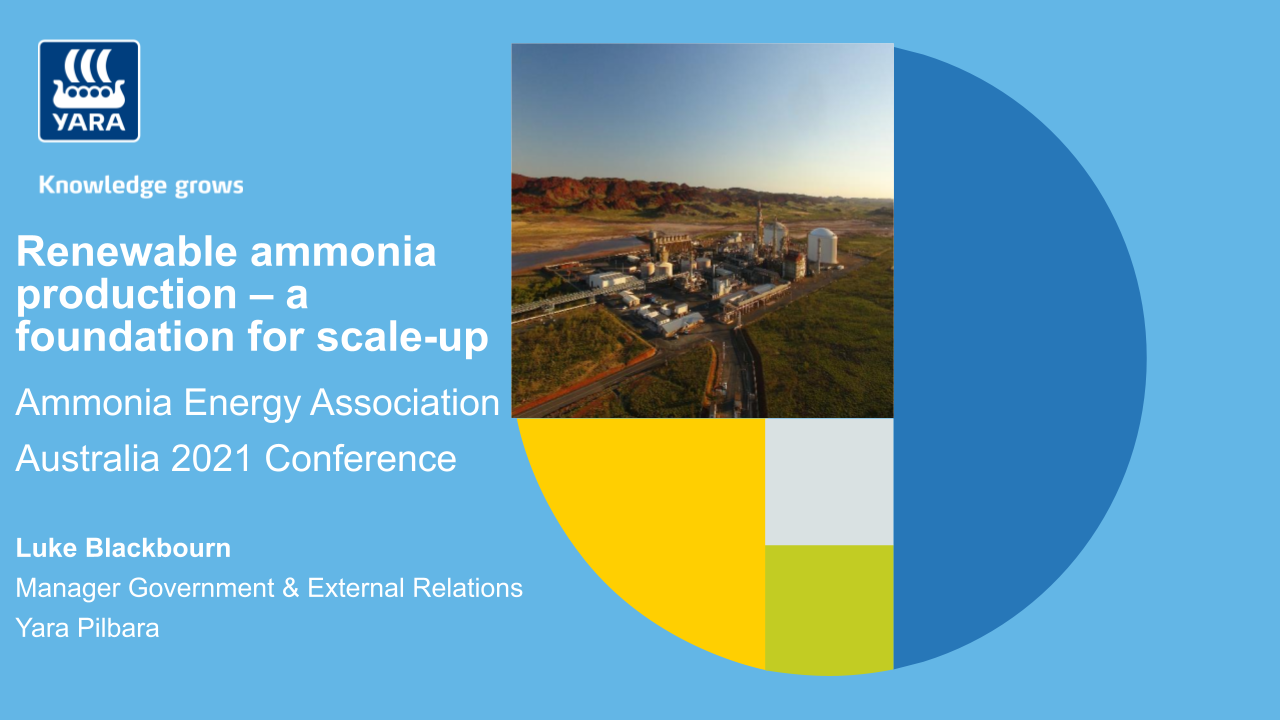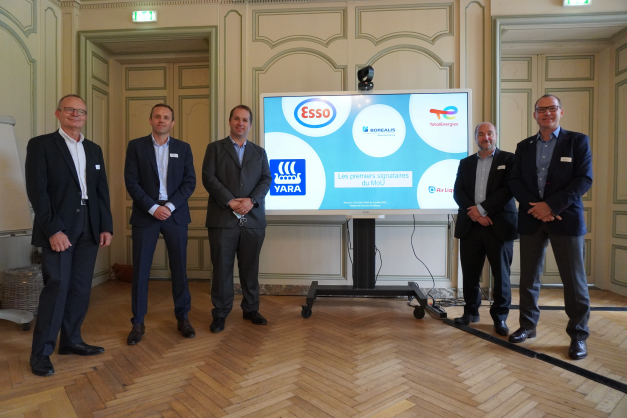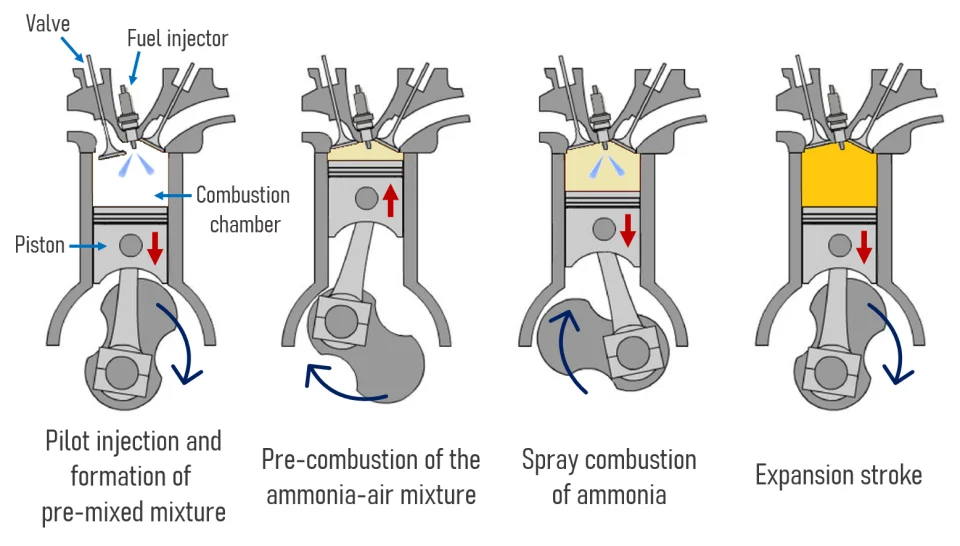Green ammonia in Angola
Australia-based Minbos Resources and Angola's Ministry of Agriculture agreed on a plan to develop green ammonia and fertiliser production in the African country. Powered by the Capanda Hydroelectric Dam, an ammonia & fertiliser production facility will be built within heavy road transport distance of Angola's key agricultural and mining regions. The announcement is one of many in 2021 that focuses on turning existing ammonia importers into producers (and in some cases, export powerhouses!).









